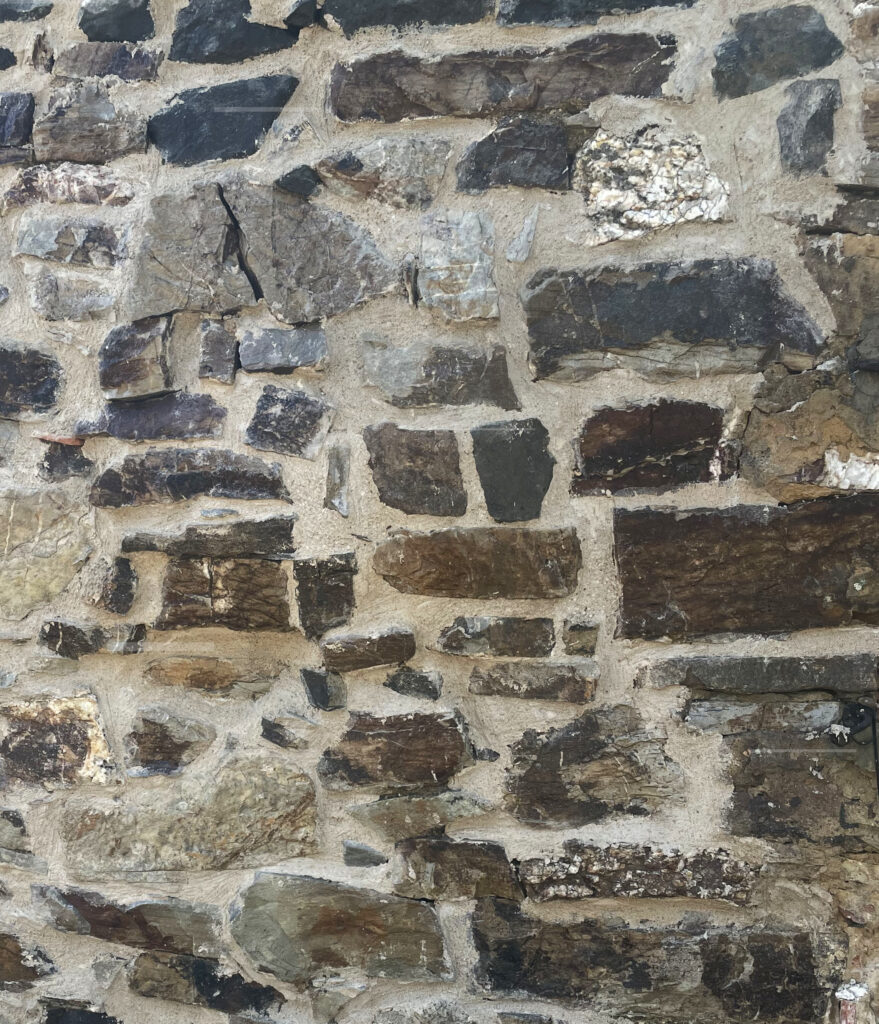The aim of the Cultural Heritage Response Unit (CHRU) of the KulturGutRetter project is to secure monuments and other cultural assets quickly and professionally in the event of a disaster. Experts such as Dr Wanja Wedekind (DAI) use various techniques, including the use of the historic building material hot mortar, to effectively provide emergency care for immovable cultural assets.
In the near future, in the event of an earthquake or other natural hazards, the Cultural Heritage Response Unit (CHRU) of the KulturGutRetter project will be dispatched to the disaster site to carry out emergency conservation, documentation and protection of cultural monuments and artefacts from further damage. Destruction due to natural hazards or mechanical shocks often requires structural intervention in the historic building fabric. In such cases, CHRU specialists have several options at their disposal. For example, the emergency services of the Federal Agency for Technical Relief (THW) and the rescue experts of KulturGutRetter can install adjacent support structures. However, this can often only be used to a limited extent if the historic building fabric is fragmented. Cementitious building materials and mechanical injection and grouting techniques from the modern construction industry are generally used to restore the interlocking of disturbed masonry structures. These results in a blurring of the historic appearance on the architectural surface, are usually not reversible and, in the worst case, react with the historic building materials to form harmful by-products. The formation of the propellant mineral ettringite can be as destructive as the disaster itself.



Before – after: A hole in the wall is filled with hot lime mortar and restored | Photo: Wanja Wedekind.
For this reason, KulturGutRetter’s immovable heritage experts will be using a different historical technique and reversible materials to achieve rapid material stability. Hot lime mortar is used for this purpose. Hot lime mortar produces rapid early strength, spreads easily so that it interlocks ideally with the small-scale structure, and has excellent adhesion to almost all porous materials. Hot lime mortars are also suitable for use as sacrificial plasters and will bond with dampand salt-contaminated masonry, forming a high storage capacity for salts harmful to the building. Almost any aggregate can be used with the binder and is also compatible with clay building materials. Even when hardened, the mortar remains a lime mortar and can therefore be removed relatively easily and gently.


Iraq: Stabilisation of the inner clay wall filling with hot lime mortar | Photo: Wanja Wedekind.
Dr Wanja Wedekind, an expert in the conservation of architectural monuments in the KulturGutRetter project at the German Archaeological Institute (DAI), is very familiar with the technique and has tested it many times in international excavation and conservation projects. For example, on double-shell masonry in the old town of Erbil (Iraq) or in Petra in Jordan, but also on numerous historic buildings in Germany. The application of the mortar requires speed and practice, which is why the Immovable Heritage Unit receives special training in the conservation of ruins following the requirements of listed buildings. Once familiarized with the material and its advantages, experts and practitioners agree: “once hot lime – always hot lime”, says Dr Wedekind.

During the KulturGutRetter 2024 training course, Dr Wanja Wedekind trains volunteers in dealing with historical monuments in the event of a disaster | Photo: DAI, Eva Götting-Martin.

